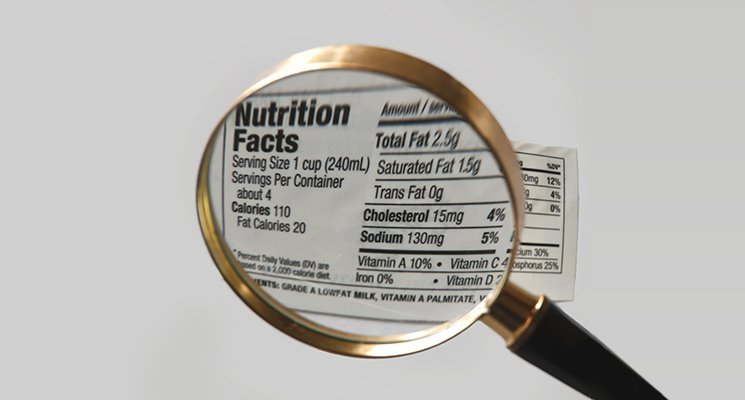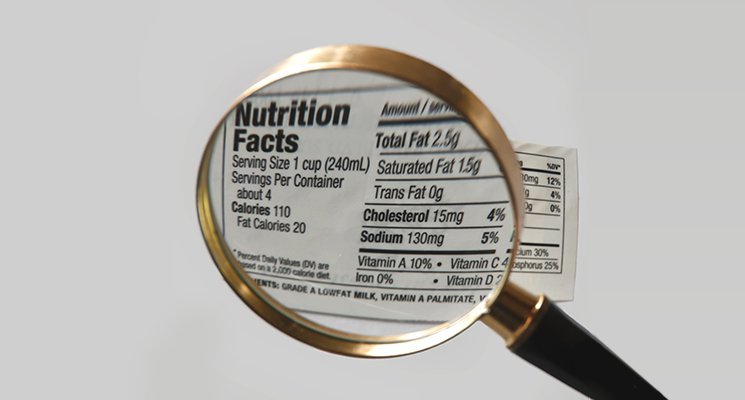Really? We’re getting fatter? Sigh. It’s so disheartening, especially when the news seems full of reports about this health trend or that one, about the rise of wearable fitness technology and how data-tracking has revolutionized individual exercise plans, about the extraordinary progress a person can make by exercising intensely for small periods of time, about ever-increasing awareness of nutritional realities. Nevertheless, this is what the most recent report from the United Health Foundation, the American Public Health Association, and the Partnership from Prevention tells us: We’re getting fatter.
Issued annually for the past 25 years, the report, called America’s Health Rankings, tracks state-by-state health and fitness data. The most recently released report shows that in 2014 the nation’s obesity rate rose nearly 2 percent, from 27.6 percent last year to 29.4 percent this year. That 2 percent figure may sound small, but it represents an extremely large number of individuals. Moreover, at the time surveys for the report were completed, nearly a quarter of respondents said that they had had no physical activity or exercise for 30 days. That number increased from 22.9 percent in 2013 to 23.5 percent this year. And the even more grim news? In the 25 years that America’s Health Rankings have been published, obesity in the United States has more than doubled.
The question for us becomes: How can we, all of us who are leaders in the fitness industry, do more? How can we attract the people who are not inclined to exercise, and how can we help reverse the trend?
The key, I believe, is partnerships. One gym or health club or sports facility or fitness center can do only so much, and whatever we each can do, we have to do while keeping the bottom line always in mind (or else we won’t be around to do anything at all!). But a whole network of gyms and health clubs and sports facilities and fitness centres can do a lot. Make it part of your facility’s mission to work with other facilities to help improve America’s overall health. Join programs that allow members to work out at partner facilities at a discount. Combine resources to offer free or heavily discounted training and exercise programs to individuals who can’t afford normal gym rates. Get other facilities in your area to help host a day of city- or town-wide exercise fun.
But don’t stop at other facilities. The fact is, exercise is only one part of the overall health picture. Obesity numbers won’t drop until the food industry finds a better way of providing affordable, healthy food to the population at large; until health insurance companies start seeing health club memberships as reimbursable sickness-prevention tools; until schools bring back physical education and more effectively educate children about health and exercise science. If you’re going to be a part of the force chipping away at our rising obesity rates, you’ve got to consider ways of working with a whole network of organizations and industries that have an impact on individuals’ health and fitness. We can reverse the crisis. But we can only do it together.








 Recently, the Centres for Disease Control and Prevention (CDC) released troubling data: Only about a quarter of kids ages 12 to 15 are getting the amount of moderate to vigorous physical activity recommended by federal guidelines: 60 minutes each day. This follows a report the organization issued last year, revealing that childhood obesity has more than doubled in children and tripled in adolescents in the past thirty years. We all know where childhood obesity, or simply too little activity in childhood, can lead: cardiovascular disease, diabetes, bone and joint problems, sleep apnea, poor self-esteem, stroke, cancer, osteoarthritis — nothing good.
Recently, the Centres for Disease Control and Prevention (CDC) released troubling data: Only about a quarter of kids ages 12 to 15 are getting the amount of moderate to vigorous physical activity recommended by federal guidelines: 60 minutes each day. This follows a report the organization issued last year, revealing that childhood obesity has more than doubled in children and tripled in adolescents in the past thirty years. We all know where childhood obesity, or simply too little activity in childhood, can lead: cardiovascular disease, diabetes, bone and joint problems, sleep apnea, poor self-esteem, stroke, cancer, osteoarthritis — nothing good.
 Have you heard about the CEO Pledge? It’s a campaign promoted by the National Coalition for Promoting Physical Activity (NCPPA) to encourage CEOs to recognize physical activity as an important driver of employee health and business performance. In other words, it’s a great opportunity for health clubs to connect with corporate clients.
Have you heard about the CEO Pledge? It’s a campaign promoted by the National Coalition for Promoting Physical Activity (NCPPA) to encourage CEOs to recognize physical activity as an important driver of employee health and business performance. In other words, it’s a great opportunity for health clubs to connect with corporate clients.
 I don’t know Albert, a fifty-two-year-old marketing specialist and father of two, but I know he lost fifty pounds at my gym. How do I know? The gym posted a video on Facebook of him telling his story. Last month there was one of Maria, a stay-at-home mother of three who faced dangerous health conditions because of obesity. She hadn’t yet lost much weight, but she talked about her commitment to doing so. And recently, in a blog on the gym’s website, there was a first-person narrative by a twenty-five-year-old man who was confined to a wheelchair for eight months because of a car accident. When he was finally able to walk again, he realized that he’d gained thirty pounds while wheelchair-bound. Even though using his legs was still difficult and painful, he set a goal of losing a pound a week, and, taking it slowly and steadily, he’d already lost ten.
I don’t know Albert, a fifty-two-year-old marketing specialist and father of two, but I know he lost fifty pounds at my gym. How do I know? The gym posted a video on Facebook of him telling his story. Last month there was one of Maria, a stay-at-home mother of three who faced dangerous health conditions because of obesity. She hadn’t yet lost much weight, but she talked about her commitment to doing so. And recently, in a blog on the gym’s website, there was a first-person narrative by a twenty-five-year-old man who was confined to a wheelchair for eight months because of a car accident. When he was finally able to walk again, he realized that he’d gained thirty pounds while wheelchair-bound. Even though using his legs was still difficult and painful, he set a goal of losing a pound a week, and, taking it slowly and steadily, he’d already lost ten.